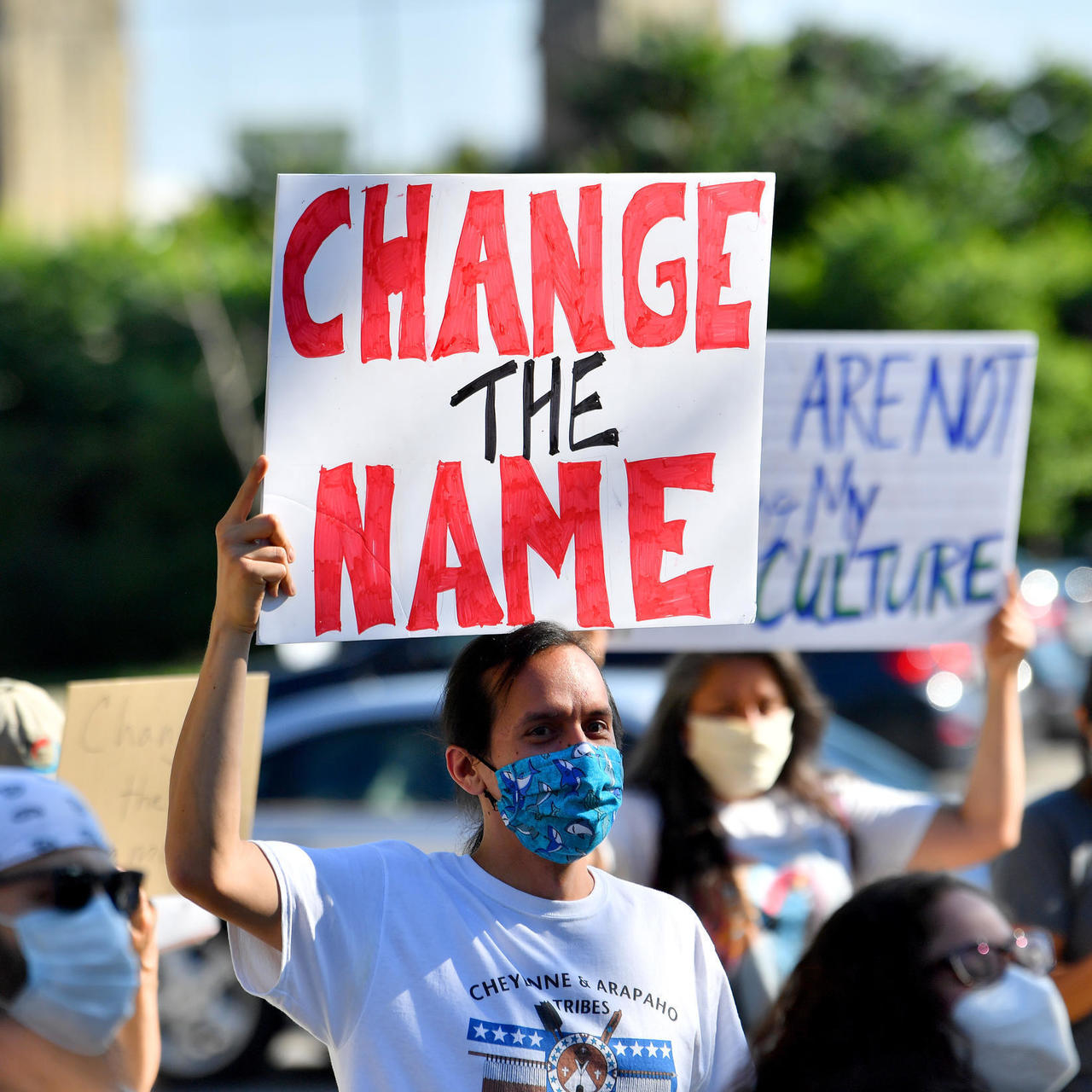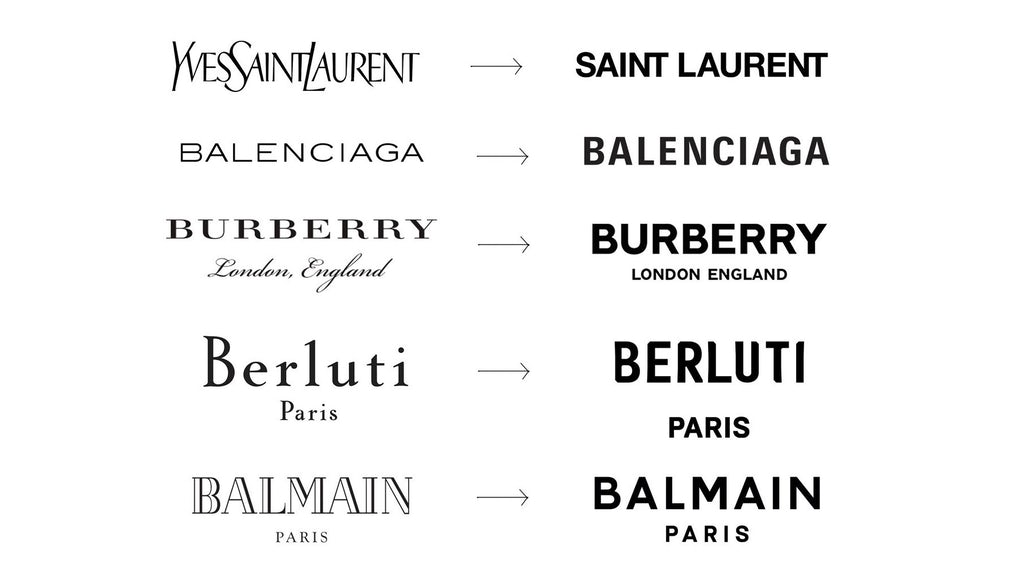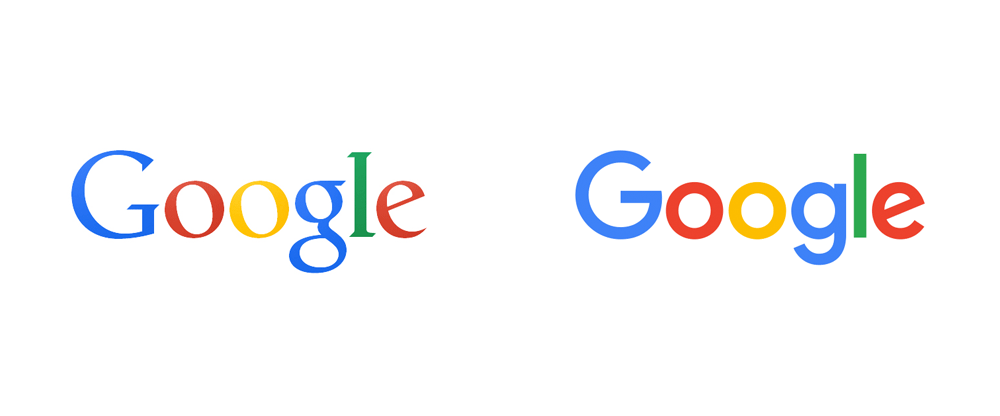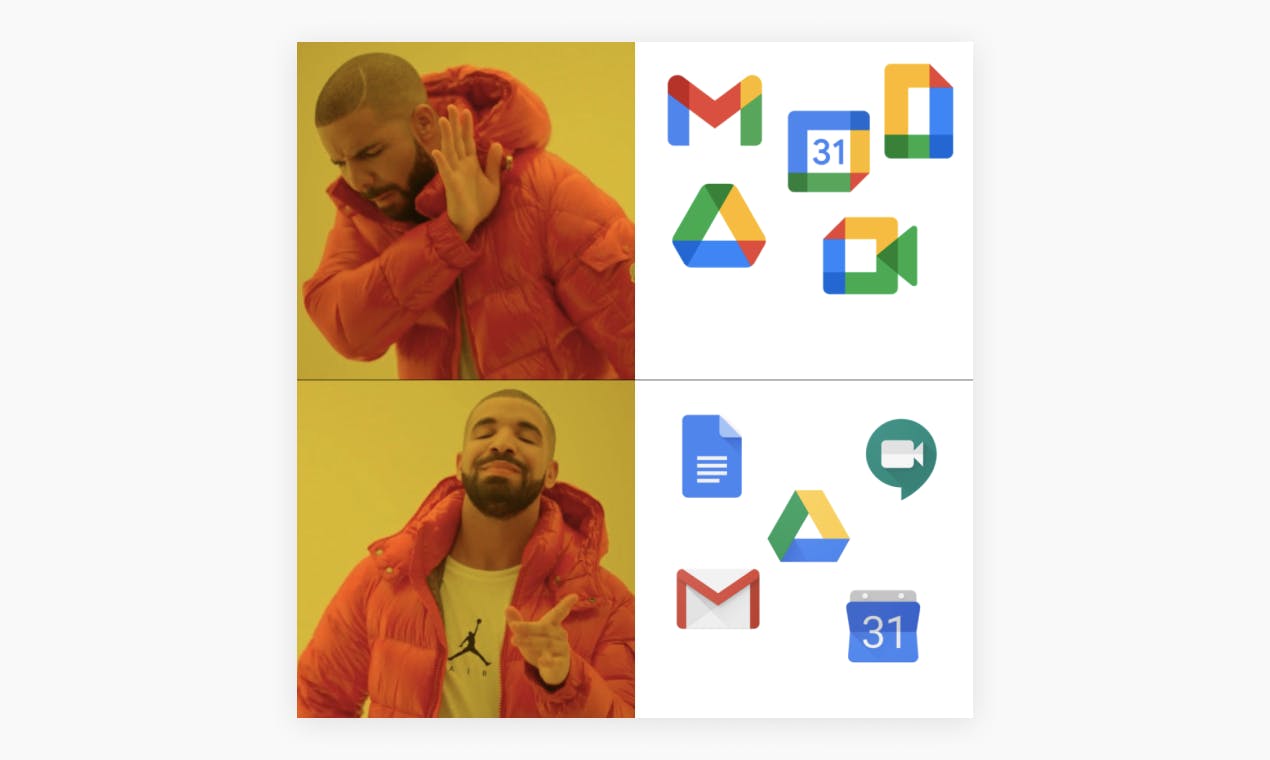
Choosing a Brand Evolution or a Full Rebrand

- Budget: Rebrands are expensive
- Timing: Rebrands will take more time than a brand evolution
- Stakeholders: What are your stakeholders’ appetite for change?
- Last update: Is your current branding a year old or 10 years old?
- Existing brand equity: If your brand has a lot of history behind it, a full rebrand might mean giving all of that up.
- Reason: Are you updating to modernise the brand (e.g. legibility), for PR (like BP after the oil spill disaster), or because it’s the right thing to do (like Coon cheese, Washington Football Team and more)?
- Target audience: Are you looking for a new audience, or adapting to a new audience?
- Business matters: Was there a merger or some other issue that has spurred this consideration?
Is this a Brand Evolution or a Revolution?
You might have seen some changes in the works in popular brands that appear to be attempting to toe the line between a rebrand and a brand evolution, such as Burberry and other fashion brands:


Hard to remember that the wonky serif used to be what Google looked like compared to the slick brand suite it has now, which it’s still rolling out across its other offerings like Gmail and Drive. Not everyone was onboard with the rebrand, nor has everyone been onboard with the new icons:

Still, given time, people will get used to it, and the design philosophy behind the change — to reinforce the brand by making the designs look like they belong in the same family — will likely stick. Google emerges with a stronger brand presence, one that’s more legible across the new digital age.
